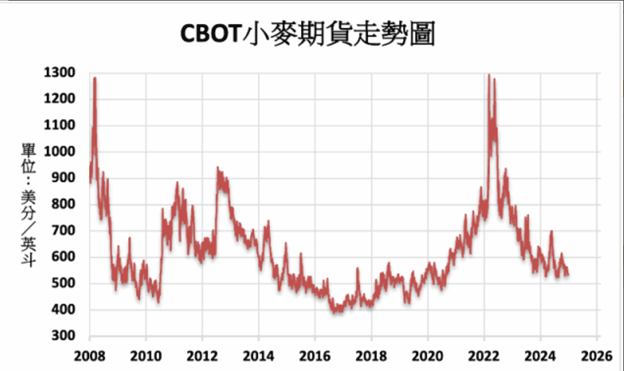As we approach the end of the year, crop forecasts for 2024 have shown mixed trends, with slight reductions in wheat and maize production globally. According to the South African Crop Forecasting Committee’s fifth production report for the 2024 winter grain season, wheat production is expected to total 19.35 million tons, which is a 0.24% decrease from previous estimates. While this might appear as a minor reduction, it signals shifts in planting strategies and the overall global grain supply outlook.
South Africa’s Wheat Production Forecast: Regional Variations and Adjustments
In South Africa, wheat production is forecasted to reach 1.93 million tons, with Western Cape province expected to contribute the largest share at 1.08 million tons, making up 56% of the total production. However, this figure has been revised down by 1.67% from the previous estimate. On the other hand, Northern Cape province has seen an upward revision, with wheat production projected to be 292,600 tons, a 2.67% increase. Free State’s wheat output remains unchanged at 222,950 tons.
The area planted with wheat is estimated at 505,300 hectares, with Western Cape again leading at 73% of the total planting area. These regional variations reflect localized weather patterns and varying levels of rainfall, which have influenced farmers’ planting decisions.
Maize and Barley in the Southern Hemisphere: Forecasts and Early Trends
The global outlook for maize production also shows notable regional impacts. In South America, early signs indicate that Argentina’s maize sowing area has decreased, which is likely to affect the 2024 harvest. Conversely, in Brazil, the sowing area is expected to remain stable, and rainfall in key growing regions may help improve yields after last year’s dip. Similarly, in South Africa, maize planting is expected to remain unchanged, with record prices for white maize likely boosting planting areas despite potential small reductions in yellow maize.
Globally, the Food and Agriculture Organization (FAO) has revised its forecast for global cereal production to 2.841 billion tons, down slightly by 0.6% compared to last year, but still the second-highest on record. The most significant revisions come from maize and wheat, with the global maize production forecast set at 1.217 billion tons, a 1.9% decrease compared to last year. Wheat production has also been revised down slightly to 789 million tons, with the European Union lowering its forecast due to unfavorable weather conditions that have impacted yields.
U.S. Wheat Supply and Export Trends
According to the latest report from the United States Department of Agriculture (USDA), the global wheat supply for the 2024/25 season is expected to decrease by 600,000 tons to 106.04 million tons. The reduction is primarily due to lower yield forecasts, particularly in the European Union, which has seen a decline in wheat production across several member states. Global wheat trade is also forecast to decline by 1 million tons to 213.7 million tons, with decreased exports from both the EU and Russia, offset by slight increases from the U.S. and Ukraine.
Global Grain Supply Faces Tightening Trends
The 2024 global grain production forecast indicates slight reductions in key crops like wheat and maize, primarily due to adverse weather conditions and shifting planting areas. South Africa’s winter grain production is adjusting to these trends, with regional differences impacting overall output. The FAO’s forecast shows a marginal decrease in global production, but still positions the global grain supply at a historically high level. However, the challenges posed by fluctuating weather, reduced sowing areas, and changes in trade patterns will likely continue to shape the global market in the coming year.
Error




